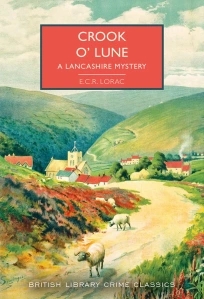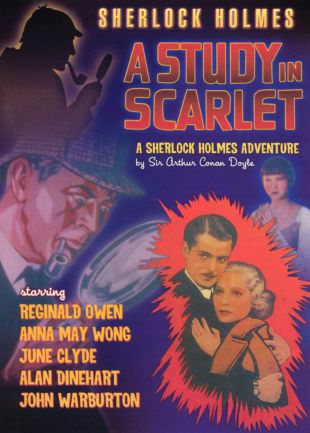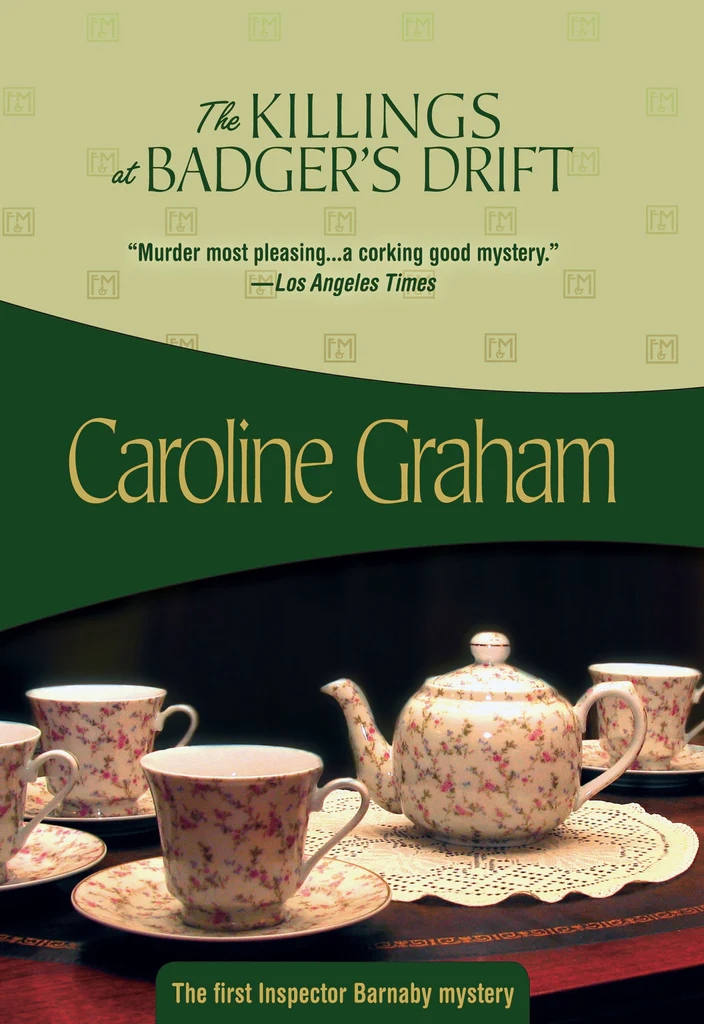
Szu-Yen Lin
Originally Published 2006
The titular House of Rain is a striking three-story building in the shape of the Chinese character for Rain constructed on a mountain in Taiwan. It was designed for a wealthy car dealer who intended to retire there with his wife, daughter and father. The father died soon after they moved in however and some time later the others were murdered in horrific fashion.
Death in the House of Rain takes place around the time of the first anniversary of those tragic events. The house has now passed into the possession of that entrepreneur’s brother, an academic, who lives there with his daughter. The daughter invites her college friends to come and stay for the weekend while the professor asks Ruoping Lin, an assistant professor of philosophy and amateur detective, to help him work out the truth behind his brother’s murder.
Isolated when falling rocks block off the road, the residents of the house soon find that they are being picked off one by one as members of the party turn up dead in locked rooms. Ruoping Lin will not only need to solve that historical crime, he must also figure out how and why people are being murdered to prevent more deaths from occurring.
Death in the House of Rain is a very fast-paced read, managing to pack multiple locked room murders into a relatively brief page count while making each death seem quite striking and distinct. Several of these deaths feature some pretty macabre elements and a sense of doom seems to hang over the house, building anticipation of what is to come and that no one is truly safe.
It is those macabre touches that really stood out to me and give the novel much of its personality. The first death that happens in the present day was particularly effective as Lin does not show us the moment of death but rather the build up to it and then subsequently the bloody aftermath. I found this to be quite chilling and was happy that when an explanation for what happened is finally given that it didn’t diminish those feelings but rather that it lived up to this strange and grotesque scene.
Our primary sleuth, Ruoping Lin, does not make a particularly big impression either positively or negatively for much of the story. He is certainly not a showy figure, nor is he too closely involved with the events that take place. When the moment comes for him to explain what has happened he offers a very credible and ingenious account of what has happened and so I felt he fulfilled his role well. I will add that I loved the way he uses a landmark impossible crime text to support his reasoning.
We are given a pretty wide assortment of characters and it is not clear who are suspects and who are victims. Lin establishes the idea that any one of these characters might die early in the story and develops some interesting back stories for some of them that make them more than a stock set of types.
Perhaps the most striking character however is the house itself. I am growing more accustomed to the idea of peculiar architecture coinciding with impossible crimes but the house here is easily the most curious and foreboding of the ones I have encountered in impossible crime novels so far. Not only is the shape of the house genuinely eccentric, the building feels wonderfully detailed. There are multiple pages of plans (if you are reading the Kindle version be aware that these come before the table of contents so your device may skip over them) and I was struck by just how important the physical space was to establishing the tone and the events of the story.
While I was impressed by the book as a whole, I do have to note that there is an element of coincidence in several of the deaths. Any one of these deaths on their own would be unlikely but some may feel that it stretches credibility to have several such deaths all occurring in a short space of time. I appreciated that the author anticipates this complaint however and builds a rationale for his plot into his story that struck me as cleverly reasoned and sufficiently convincing for me to overlook it.
I was particularly pleased however by the coda to the book in which Lin takes us back to the initial murders from a year earlier and provides an explanation for what took place there. I felt that this made for a particularly satisfying and punchy ending that wrapped things up very tidily and provided a strong sense of closure.
Having read rave reviews of this novel when it first came out, I can only be sorry that it took me so long to get around to reading it for myself. This was my first experience of Szu-Yen Lin’s work and I can only hope that some other novels may eventually make it into English-language translation in the future as I found it to be a very exciting and compelling read.




Leave a comment